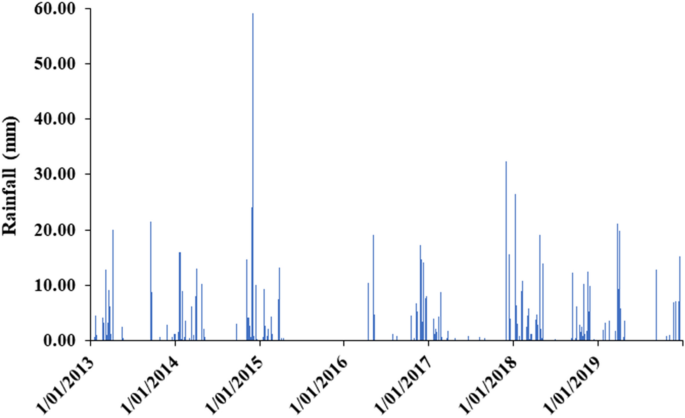
Given that major developmental genes are known in wheat, a process-based model, APSIM, was modified to incorporate gene effects into estimation of heading time, while minimizing degradation in the predictive capability of the model. We concluded that to improve accuracy and consistency in simulating wheat growth dynamics and yield under a changing climate, a multimodel ensemble approach should be used.Heading time is a major determinant of the adaptation of wheat to different environments, and is critical in minimizing risks of frost, heat, and drought on reproductive development. However, there was uncertainty in the simulation of crop phenology, biomass and grain yield under 14 GCMs during three prediction periods (2030, 20). All models generally predicted an increase in biomass and grain yield under elevated CO2 but this effect was more prominent under rainfed conditions than irrigation. Simulated time to flowering and maturity was reduced in all models except EPIC with some level of uncertainty.

All five models were run from 2000 to 2100 using the 14 GCMs and 2 RCPs to evaluate the effect of future climate (rainfall, temperature and CO2) on winter wheat phenology, LAI, biomass, grain yield and harvest index.

Response variables were related to farm management and soil properties, and included crop phenology, leaf area index (LAI), biomass and grain yield of winter wheat. Firstly, all models were calibrated for high rainfall, medium rainfall, low rainfall and irrigated sites in the PNW using 1979-2010 as the baseline period. The aim was to assess how different process-based crop models could be used accurately for estimation of winter wheat growth, development and yield.

In this study we evaluated the uncertainties related to crop-climate models using five crop growth simulation models (CropSyst, APSIM, DSSAT, STICS and EPIC) and 14 general circulation models (GCMs) for 2 representative concentration pathways (RCP) of atmospheric CO2 (4.5 and 8.5 W m-2) in the Pacific Northwest (PNW), USA. Simulations of crop yield under climate variability are subject to uncertainties, and quantification of such uncertainties is essential for effective use of projected results in adaptation and mitigation strategies.


 0 kommentar(er)
0 kommentar(er)
